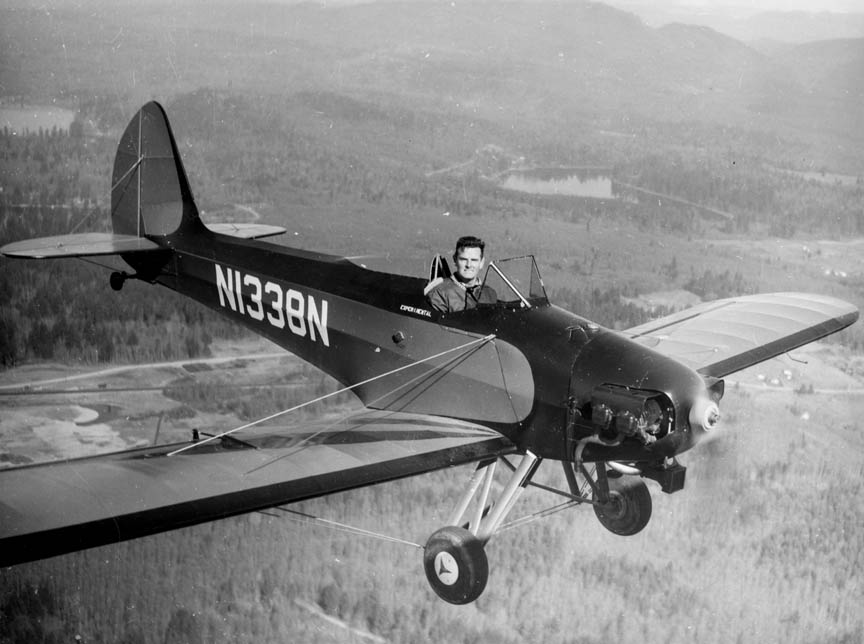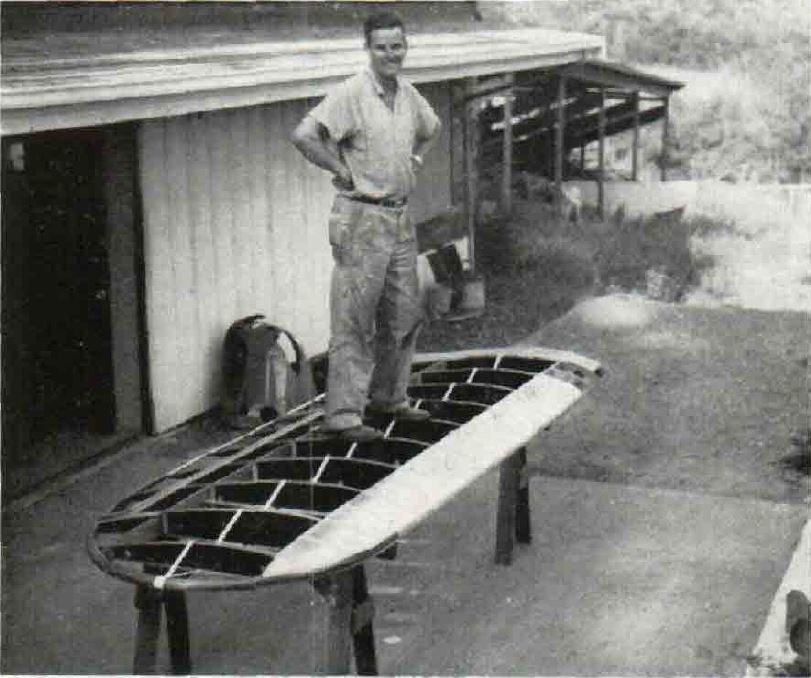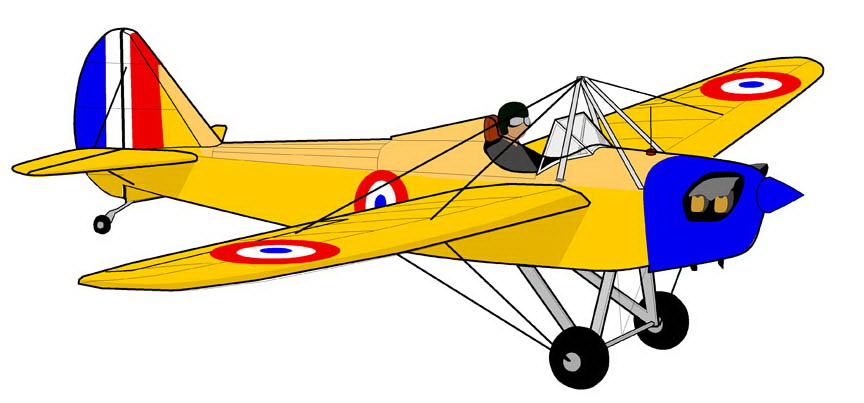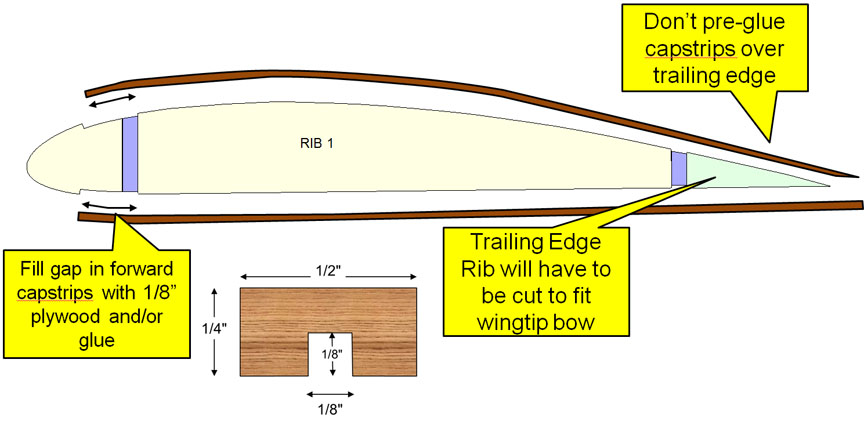I like the lines of a Fly Baby, but I also like the way the Aerodrome planes are made and ease of building. I was wondering if a Fly Baby could be made like the Aerodrome plane but maybe a little smaller like Ultralight size with about a 24' to 25' wingspan and about 16' or 17' long fuselage. And have a main wing USA27 airfoil for slow speed and high lift, and a 0009 airfoil on the tail feathers, to reduce drag and help a little with lift.
Maybe use carbon fiber for the ribs, if not carbon fiber, aluminum.
I read all of 'Building a Nieuport 11' by Frank Giger and like the way the Aerodrome planes are put together.
Could the Airframe and wing be made like the Aerodrome Nieuport 11 plane but shaped like the Fly Baby?
I checked out Ron Wanttaja's Fly Baby site and didn't see anything about an aluminum Fly Baby.
Did anyone ever see or hear about an aluminum Flybaby?
The engine will be a Kawasaki 440 for the ultralight version.
Best regards,
RonK



 Reply With Quote
Reply With Quote








